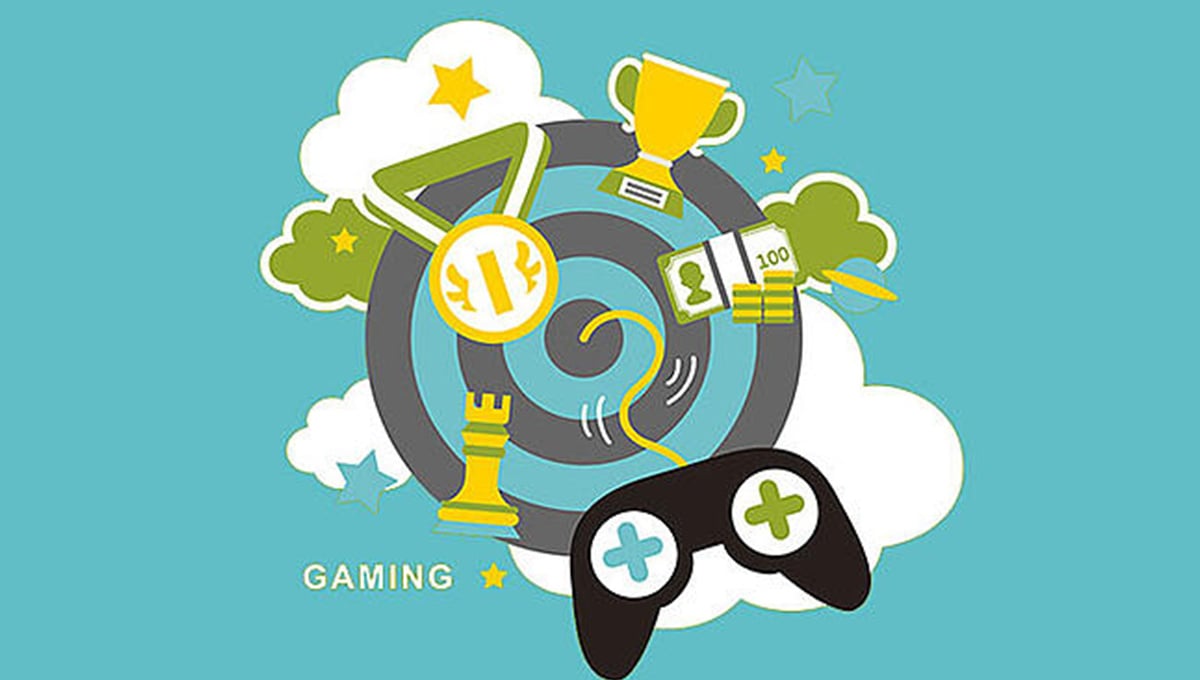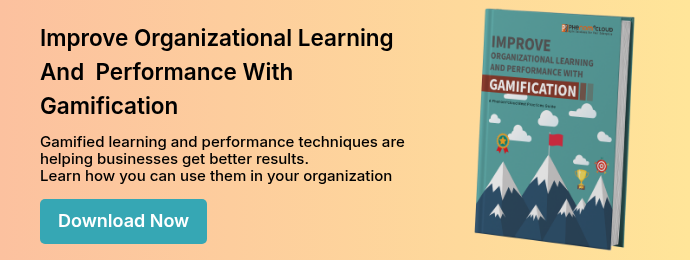
Gamification is well established in consumer marketing and is a growing trend in learning. Done well, gamification gets results – in consumer marketing, performance management, and learning.
In earlier articles, we have discussed preparing for gamification and selecting a design partner. Today we want to show you how to measure your results and calculate the return on your investment.
What we are suggesting here is not a new breakthrough in analytics or a breathtaking scientific innovation. Our suggestions derive from research at the Wharton School of the University of Pennsylvania, industry practices, and our experience in practical applications.
Prepare yourself with a good grounding in the behavioral science of gamification. We recommend For the Win: How Game Thinking Can Revolutionize Your Business by Kevin Werbach and Dan Hunter. For power readers, Why Games Are Good for Business: How to Leverage the Power of Serious Games, Gamification and Simulations by Helen Routledge is an excellent book.
- Name a business problem or issue. Find what you want to change and quantify it. For example, increase Sales Per Hour (SPH) by 12%.
- Identify a specific behavior that influences results. In our SPH example, it could be how to overcome sales objections. Consider how changing that behavior will affect other behaviors and dynamics in relation business results. To illustrate, consider how a gamification to improve SPH in an outbound sales center without constraints will drive unethical behavior. A typical constraint in that case is a customer satisfaction score or customer returns.

If possible, make participation voluntary. Coerced participation can diminish performance.
- Combine #1 and #2 into a goal and add a time frame. In our outbound sales center, we could use the next quarter, next year, or a specific date.
- Describe the target group. In our simple example, it is outbound telephone sales representatives in a specific group or location. Consider a pilot program of one group, with other groups as controls.
- Design and deploy the solution. Every program is unique, so you will need to work with your design partner to devise an intervention that works in your specific business case.
- Run your project for long enough to assess results. Allow enough time for extrinsic motivation to internalize. Overreacting to immediate results, whether positive or negative, may negate the effects of factors like socialization or motivational decay. Recognize that motivational programs have lifecycles, and yours will not be an exception.
Once you have achieved success, multiply and expand your efforts, and be prepared to adapt your programs to changing conditions.
We wish you success in your efforts to use gamification to improve your business results.
References
"People Love Games - but Does Gamification Work? - Knowledge@Wharton." Knowledge@Wharton . February 3, 2016. Accessed February 26, 2016.
Routledge, Helen. Why Games Are Good for Business How to Leverage the Power of Serious Games, Gamification and Simulations. London: Palgrave Macmillan UK, 2015.
Werbach, Kevin, and Dan Hunter. For the Win: How Game Thinking Can Revolutionize Your Business. Philadelphia: Wharton Digital Press, 2012.
PhenomᵉCloud is a comprehensive technology solutions provider committed to empowering businesses to overcome challenges, enhance their workforce capabilities, and achieve superior outcomes.

-1.jpg?width=963&height=467&name=gamification%20for%20corporate%20learning%20800x400%20(1)-1.jpg)

Leave a Comment